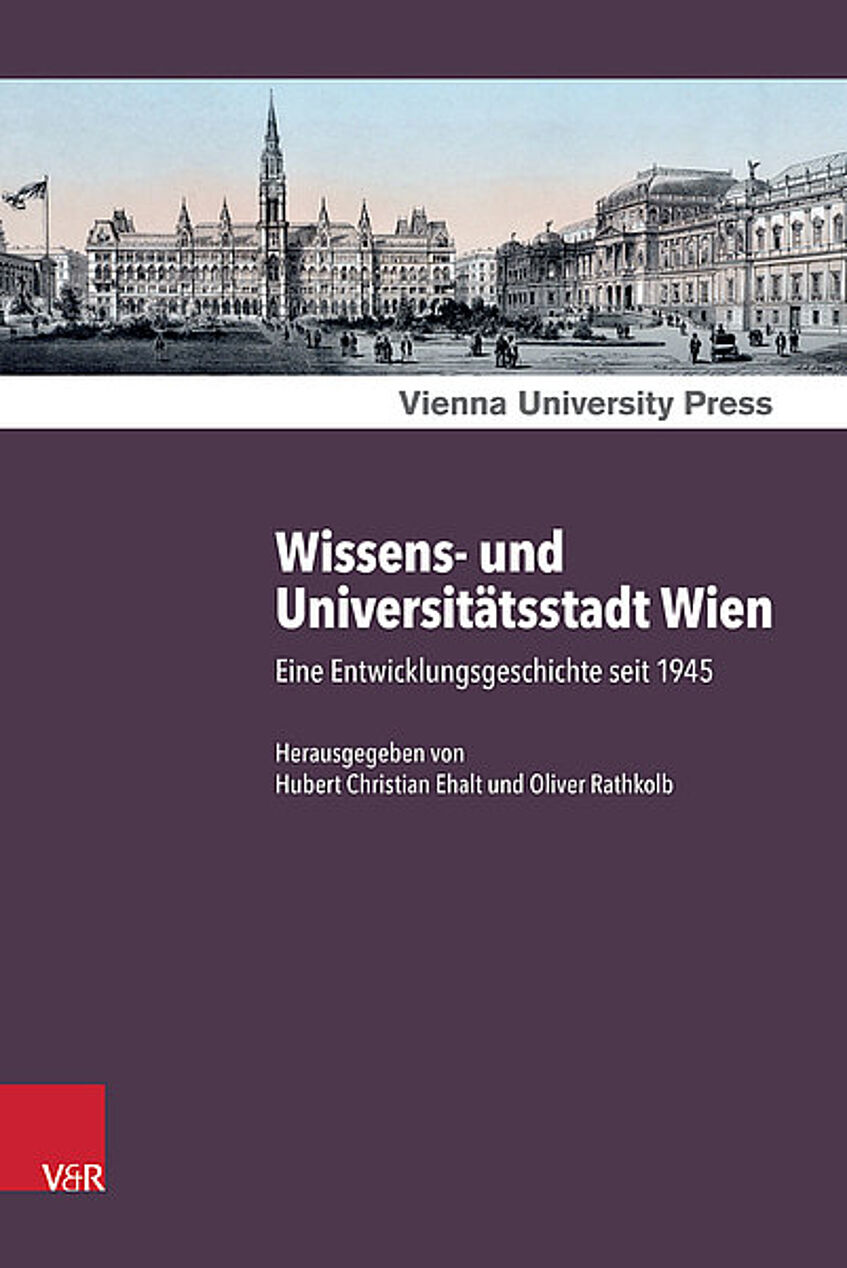Universities, multiple identities and cultural practice in Vienna’s urban space in the 19th and 20th centuries

Erschienen im Februar 2015 bei Verlag V&R unipress Vienna University Press, hrsg. v. Hubert-Christian Ehalt und Oliver Rathkolb
There is as yet no qualified comprehensive analysis of the interrelation between the population of Vienna, the Vienna City Council and the universities.
The research project will focus on the post-1945 era. It will analyse the relationship linking the city and its university from its foundation to the present with an eye on the University of Vienna’s 650th anniversary, dealing with political, social, cultural and day-to-day aspects. The aim is to include all those aspects that have not been considered in official presentations of the theme to date because the state of research did not allow interdisciplinary connections between the political, cultural and social aspects in the history of institutions to be made.
Relations between the City of Vienna, notably between Vienna City Council and the city’s political establishment, on one hand and the university/universities on the other have continuously improved over the last twenty to twenty-five years; it is worth tracing the chronology of that improvement, which has led at present also to excellent relations on the personal level between representatives of the City of Vienna and of the universities. This rapprochement results in a wide range of joint projects which, by and large, have beneficial effects for both sides: they help the City to overcome its deficit in terms of theory and the universities to cope with their deficit in practical terms.
Both changes and continuities in the City Council’s recruitment of administrative personnel from among graduates of Vienna’s universities and their connections to the institutions from which they have graduated – through lectureships, university chairs, research grants etc. – are a relevant research topic.
Another relevant area of research is the contacts between the universities on one hand and the Amt für Kultur, Volksbildung und Schulverwaltung (the City of Vienna’s Department of Culture, Continuing education and School administration, as it has been called since 1955) and its predecessor institutions to the present day.
The project will be rounded off with a study of the effects of migration in the nineteenth and twentieth centuries on students and teachers at the University of Vienna.
The second part of the project dealing with “Multiple identities and cultural practice in present-day Vienna” is going to compare conditions during the First Globalisation in Vienna around 1900 with current developments in the context of the Second Globalisation.
Problems in society arise at present – as they arose in the past – in areas marked by tensions between social (and political) causes on one hand and cultural causes (different cultural practices) on the other. Both complexes are linked to each other in various ways.
Vienna has clearly assumed the identity of an immigration city over the last 200 years. Learning is taking place in terms of getting to know other cultures and integrating them and/or adapting to them. The thesis of the putative “fin-de-siècle melting pot Vienna” will provide a basis for the study of present-day conditions. A comparison of the two phases is highly instructive as regards the migration and integration problematic of immigrants. What is particularly instructive is the demonstration that identity, notably ethnic identity, is never a “chemically pure” initial or final stage, but always an ongoing process.
